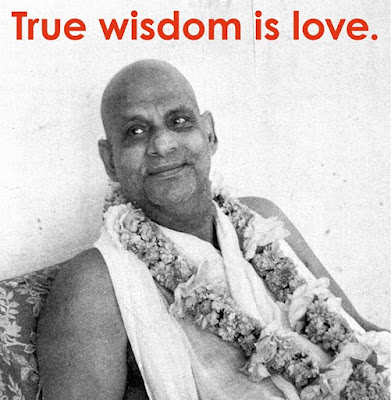Spiritual Import of Religious Festivals :Ch-6. Part -4.

Chapter-6. Lord Sri Krishna – The Purna-Avataram Part-4. On the other hand, the birth of the Atman is a deathblow to the senses, and the slumbering of the prison guards at the time of the advent of the Lord may be, in a way, compared to the death of the senses at the time of the birth of Divinity. Kamsa represents the ego and all his menials the represent the senses. All these were put to rest at the time of birth of Lord Krishna. Hence, the Bhagavadgita says, "Ya nisa sarvabhutanam tasyam jagarti samyami, yasyam jagrati bhutani sa nisa pasyato muneh": The night of the ignorant is day for the sage, and vice versa, the night of the sage is day for the ignorant. The Atman is something quite different from what we regard as very dear to us, notwithstanding the fact that we have been told, again and again, that It is the deepest Reality in our personality. All this teaching has remained only a theory for us. We have always been pampering the senses and fo...






